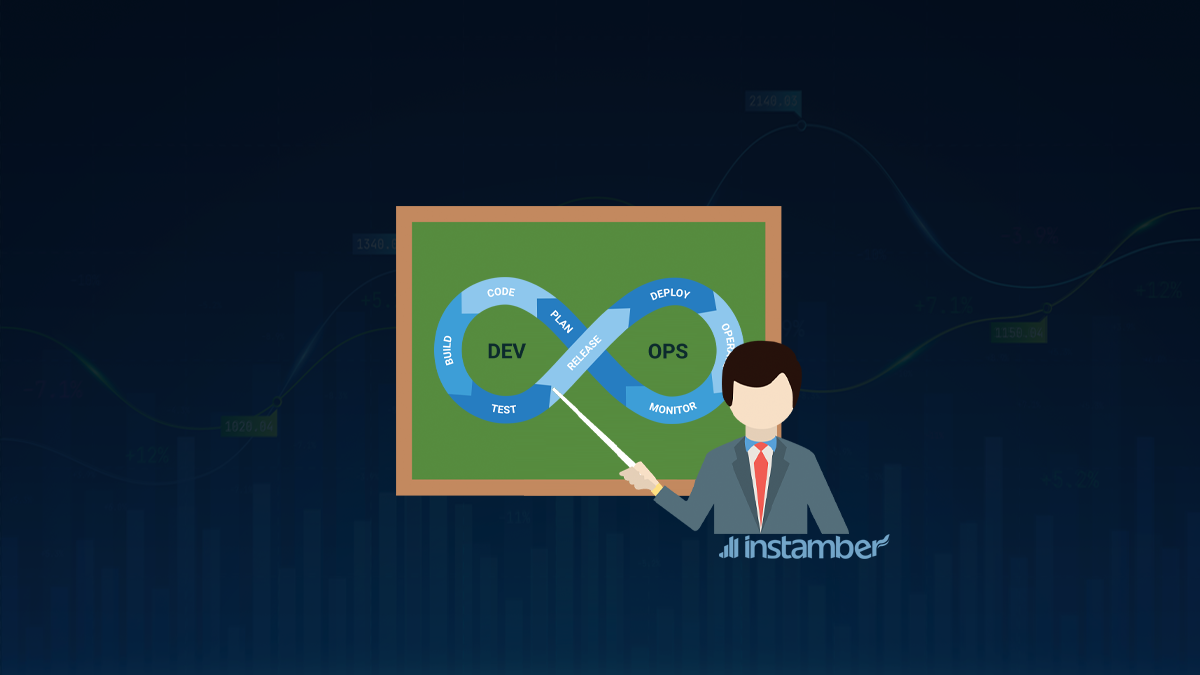
Software engineering is a broad discipline with several techniques and applications, one of which is DevOps. DevOps refers to integrated tools, practices, and cultural philosophy automated between software development and the IT team. This approach is designed to enhance teamwork, cross-team communication, and technology automation.
The term DevOps, drawn from development and operation, was introduced in 2007 when IT experts raised concerns about the working relationship between software developers and the operations team that deployed and supported the code. DevOps was developed to bridge the gap between these teams while integrating both disciplines into a continuous process.
How Does It Work?
DevOps Serviceswas coined from the need for close collaboration between developers and IT teams. This means it operated through the collaborative efforts of both parties throughout the product lifecycle to maintain its speeds and quality. Under this program, we don’t have to worry about developers and IT Operations working independently. In some cases, we have seen both teams merge into a unit to ensure the project’s success from development, deployment, and subsequent maintenance.
The teams rely on multidisciplinary skills and automated tools to streamline their delivery and promote reliability. Its toolchain consists of applications designed to tackle key aspects of DevOps, including continuous delivery, integration, automation, and collaboration.
DevOps Lifecycle
DevOps is a continuous process represented by an infinity loop to mark the different stages and how they relate. The loop represents a need for constant collaboration between the team throughout the code’s lifecycle. It is divided into eight stages, representing the tools, processes, and capabilities.
• Discover- here is where both teams need to brainstorm, organize and prioritize ideas to meet strategic goals. The outcome should aim at meeting the customer’s needs.
• Plan- both teams need to be flexible to improve their speeds and quality. For example, work can be subdivided into smaller tasks for quality response and speedy delivery.
• Build- there are several tools we can adopt for the build process. Teams can leverage these tools for branching, merging, and writing the repository history.
• Test- at this point, both teams should be ready to share their progress. We can use a continuous integration platform that allows developers to contribute to one repository. We can also make changes to the code and conduct automated tests before integration. Teams can take advantage of the merging and testing code to weed out any issues and enhance the quality and predictability of the code after deployment.
• Deploy- teams release features into production through an automated process. Teams can as well deploy the product in phases while accounting for the end-user experience. This move enhances the speed, productivity, and sustainability of the team.
• Operate- the IT Operations team handles the end-to-end delivery of the product to consumers. Their scope covers the design, configuration, implementation, deployment, and maintenance of infrastructure supporting the services.
• Observe- both teams should be able to identify and resolve issues within the shortest time to avoid impacting functionality and product uptime. Both teams should get timely notifications about failures and high-risk actions for quick responses.
• Continuous feedback- developers and IT operations must evaluate each release to help improve future updates. Going over end-user feedback helps us incorporate customer feedback while improving processes.
Get Started With DevOps
The tech industry is full of tools we can explore to help explore and implement the fundamentals of DevOps. While it may not be a straightforward process, the easiest way to get started with DevOps is by identifying a small value stream and employing some of the practices. As a practice run, I suggest experimenting with a single stream. This way, you can manage a smaller team before moving to a full-scale organizational transition.



